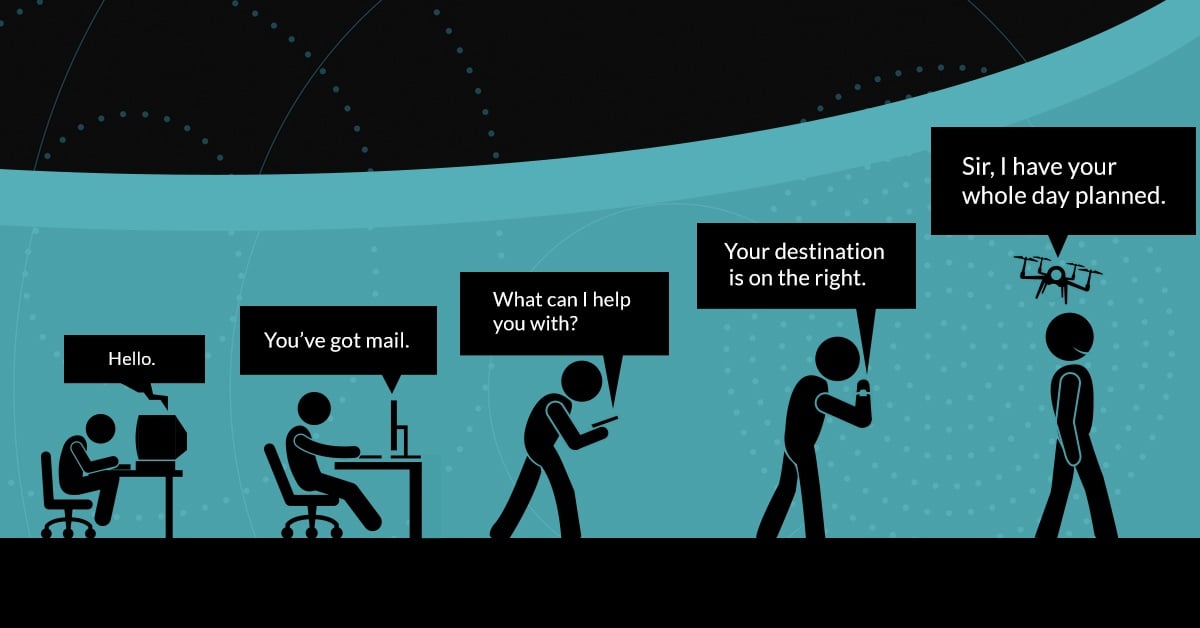In the space between the developer and the user lies the GUI (graphical user interface). Once considered essential to UI development and functionality, it’s become a beautiful burden on both. GUI gets in the way of maximum efficiency, because it must be designed with the user in mind. This means the utility of your app depends on the user effectively learning how to use it, and if problems arise, a GUI can’t react.

What if you could cut the interface out entirely with a universal tool that could actually talk to the user and take action based on that conversation? It would provide utility in the context of every user task, setting it up to become the one app to rule them all. Well, bots powered by Natural Language Processing are emerging as the flexible and fluent alternatives to GUI.
Also Read: The Weekly Enterprise Customer Q&A: RPA vs. Chatbots, GUI Support, and NL Training Timelines |
This improvement is coming thanks to the latest developments in NLP. The next generation of bots will do more than simply complete tasks, they create new lines of communication and open doors for developers to spare resources, decrease costs and save time with important features that will dramatically transform application development:
Speed up your timeline to deliver applications to market sooner.
Advanced NLP chatbots diminish the need for developers to design a complex user interface because the bot acts as the interface. The user simply talks to the bot to use the app. That means as soon as an application is coded, it can go to market.
Also Read: It Takes A Village To Raise an NLP Powered Bot |
Implement new features with less shock to the user.
Typically when you want to introduce a new feature, the GUI must be redesigned. This means it will look different the next time the user launches it, creating potential for confusion and frustration. The chatbot not only can notify the user of new features within the context of a task, it can also determine the user’s mood to push notifications at optimal times.
Maintain usability even if technology changes.
When applications have a shelf life of only 1 to 2 years, it becomes harder to convince businesses to adopt them. If an application becomes obsolete and a new application takes its place, the user experience through the chatbot remains the same. This allows for easier adoption of new technologies without having to test and retest GUIs.
The most common form of bots that people interact with today are little more than task bots. Some can understand what we are asking for, but they don’t know how to do anything. They exist to call up a tool for us to complete the tasks ourselves, saving some unnecessary clicks. Certainly, that’s useful, but it hardly scratches the surface of what NLP-powered chatbots can do. Prepare for even more utility in the near future.
It takes a more sophisticated chatbot to act as a customized personal assistant capable of meaningful multitasking across channels, tracking your actions without losing context, and engaging with you all the while. Rigid development that marries itself to the old-fashioned go-between of the GUI will not be able to keep up with the more versatile functionality of next-level chat bots. That kind of agile NLP is already on its way to market.
Also Read: What Goes into Making a Successful NLP Design for Chatbots |
Continue learning about NLP by downloading our White Paper, NLP: Lost in Translation.







